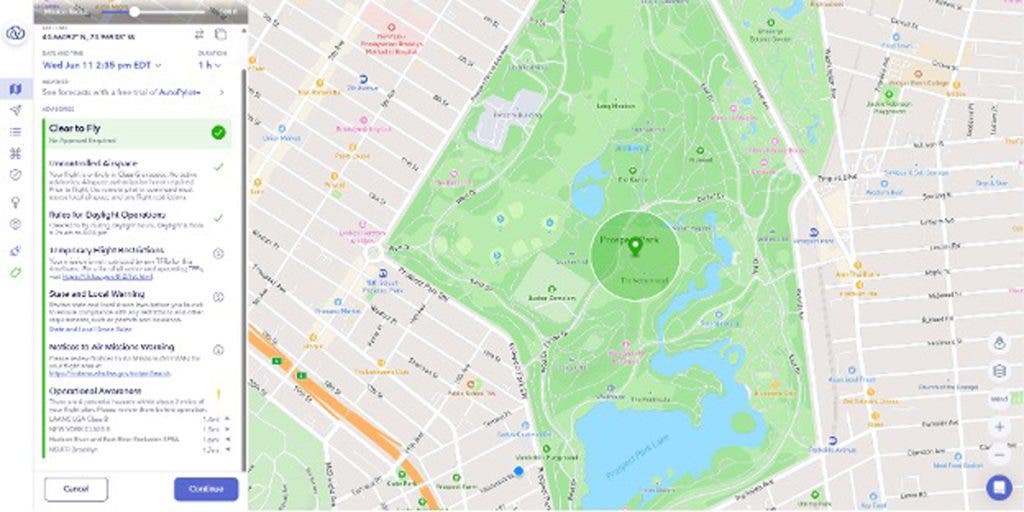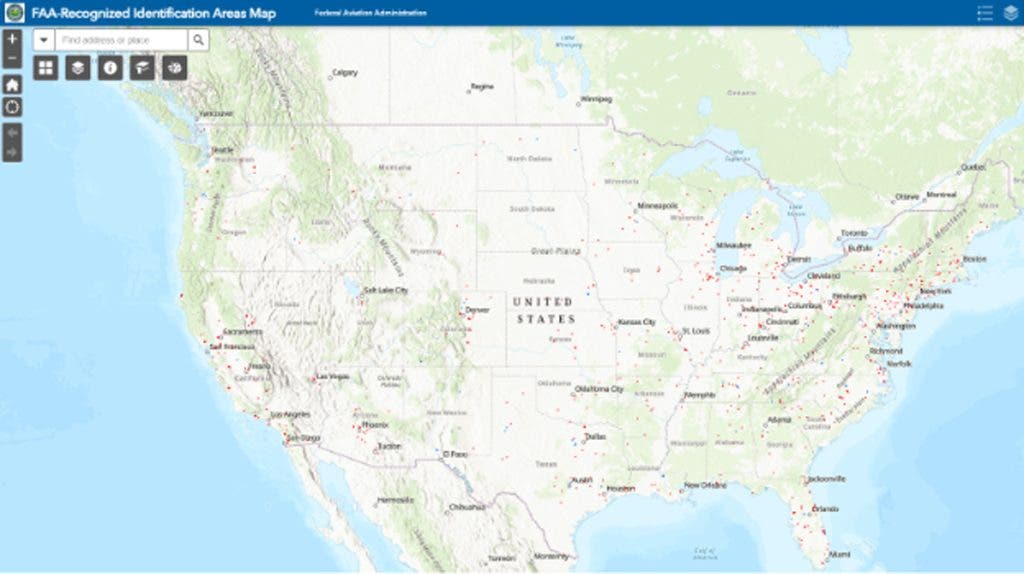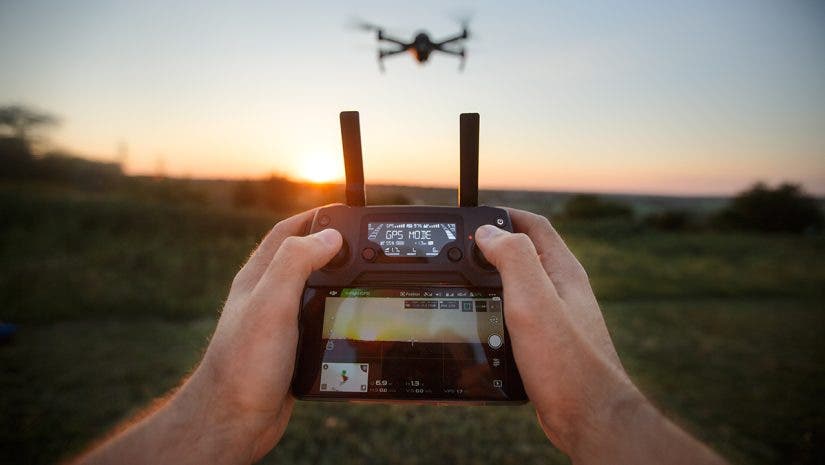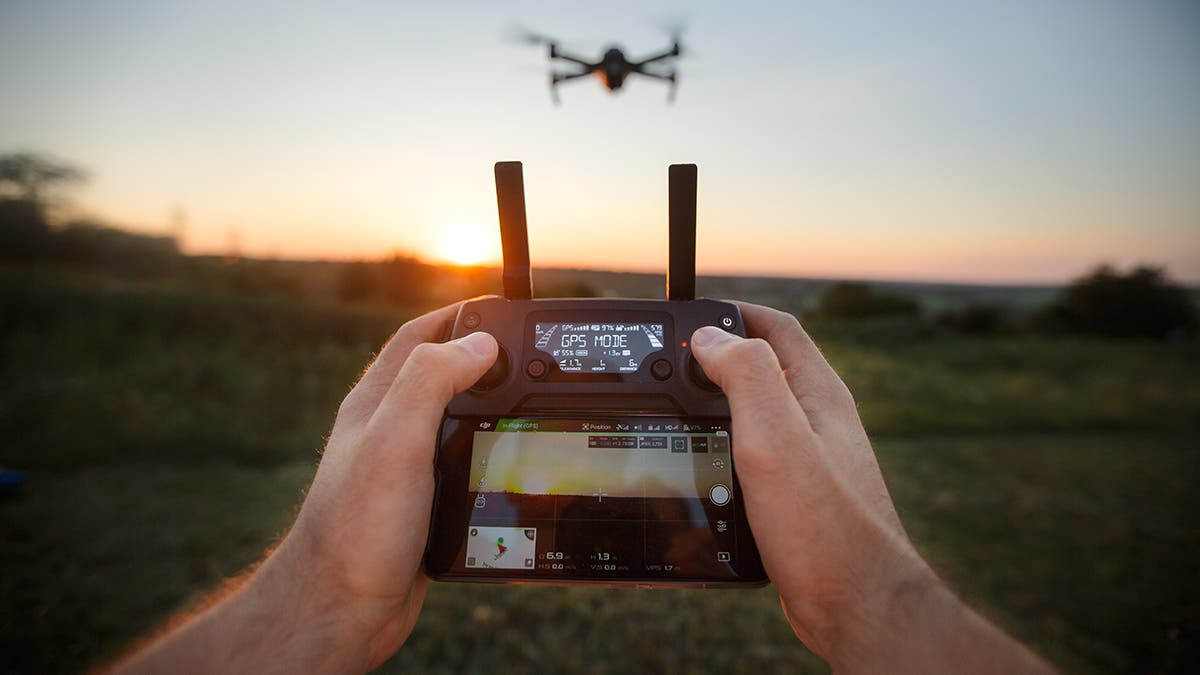If you want to fly your drone in U.S. airspace, before you spin up those rotors and take to the skies, you’ll need to shuffle some paperwork or risk getting grounded. Getting your drone license can be a great opportunity to expand your creativity and grow your business.
How Heavy is Your Drone?
For the purposes of this article, we’re assuming your drone weighs less than 55 pounds at takeoff. If it weighs more than that, you’ll need to seek out different pathways for approval to take it to the air.
What’s the Purpose of Your Flight?
The Small UAS Rule, aka 14 CFR Part 107, contains the guidelines and rules for operating drones that weigh less than 55 pounds (at takeoff). While you’ll want to familiarize yourself with the whole thing, the practical upshot is that you’ll need to become certified under Part 107 to fly your drone.
Some activities require even more paperwork, so depending on what your plans are, you may need to look into additional waivers on top of the standard Part 107 processes. If you’re a recreational flyer, though, you may be exempt.
The Recreational Flyer Exception
Are you a recreational flyer? Before you jump straight to answering with an emphatic “YES!” be aware that, as with most things tied to oversight and bureaucracy, the question isn’t quite as simple as it seems. According to the FAA, recreation isn’t tied to compensation. Luckily, there’s a handy drone flyer identification tool that you can use to identify whether you meet the requirements.
If you do, you can bypass Part 107 as long as you meet the recreation requirements and follow the rules for recreational flying. You will still need to take the Recreational UAS Safety Test (TRUST) before you can fly the drone and carry proof of passing the test with you.
It might seem very tempting to try and sit within the recreational flyer exception and thereby skip some of the process and paperwork of getting certified. Yes, you can duck out of some drudgery, but you also hamstring what you can do with your drone. It’s also very easy to end up on the wrong side of the exception without realizing it.
Imagine that a friend calls and asks if you can give their house a quick fly-by to check their roof and take some photos or video. Being the saintly person that you are, you do. However, by doing so, you may have gone outside recreational use. If your luck is anything like mine, that’s precisely the moment when it’ll become an issue.
Given the limitations of the recreational flyer exception and the ease with which you can accidentally slip outside it, getting certified through Part 107 is the better long-term strategy to stay in compliance with federal regulations whenever you send your drone into the skies.
Getting Your Drone License
Becoming a certified remote pilot requires a few steps after reading the rules:
- Obtain an FAA Tracking Number via the Integrated Airman Certification and Rating Application;
- Pass the Unmanned Aircraft General – Small (UAG) Knowledge test: you have to be at least sixteen years old, able to read and write English, and be capable of safely flying a drone;
- Complete Form 8710-13, also via the Integrated Airman Certification and Rating Application.
- Register your drone at FAADroneZone; registration is valid for three years. Besides the usual information, you may need a Remote ID serial number from your drone.
That wasn’t such a chore, now was it? Okay, maybe it was a bit of a chore, but once you’ve done it, you’ve got three years of clear skies to fly in. Okay, not all of those skies. Let’s say, instead, some of those skies. But which skies and where?
Finding the Friendly Skies
Having your Part 107 Remote Pilot Certification does not give you carte-blanche to fly by wherever you want. There are plenty of airspace restrictions to be aware of, including:
- Sporting events;
- Airports, and;
- Restricted airspace.
A service called, appropriately enough, B4UFLY shows where you can and cannot fly your drone. It’s available via a number of applications on various devices, including iOS, Android, and Desktop.

FAA-Recognized Identification Areas (FRIAs)
A FRIA is a set geographic area where drones can be flown if they don’t have Remote ID equipment. Both the drone and the pilot must be within the FRIA’s boundaries at all times, and the pilot must have eyes on the drone at all times. The FAA publishes the locations of approved FRIAs from across the country to a web application.

As you can see from their nationwide map, FRIAs are both few and far between and not exactly expansive in size. In fact, some of them are extremely small:

Check Your Specific State!
I’ve only covered matters from the federal perspective. Individual states may have their own rules, regulations, guidelines, and restrictions on drone flying. The closest thing that I could find to a singular resource covering states nationwide was “Current Unmanned Aircraft State Law Landscape” at the National Conference of State Legislatures. I wouldn’t treat it as your sole source of truth, but it might be a good place to start when looking for state-specific rules.
Not From Around Here?
If you’re visiting from abroad and bringing your drone, you’ll still be subject to the rules and procedures that I outlined above. Check out this page at the FAA’s website for additional information on taking your drone on vacation or bringing it for business.
Taking Your Drone Abroad?
Every country will have its own specific drone requirements and regulations that you will need to find and follow. While more than a few websites claim to have aggregated laws and guidance from across the globe, do not depend upon those sites alone when planning your trip. Find the official websites for the countries that you plan on visiting and get the information directly. Even with the best of intentions, informational websites can’t keep up with a quickly changing landscape of laws and guidance across multiple countries and municipalities. If traveling to the European Union, the EU Aviation Safety Agency‘s Drone Regulatory System page might make a good starting point.






